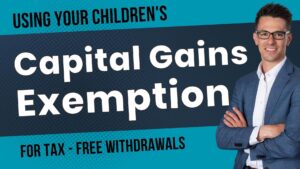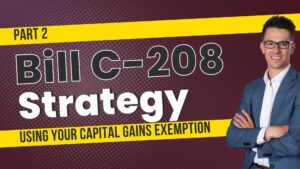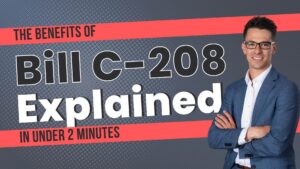[vc_row][vc_column][vc_column_text css=”.vc_custom_1645643256609{padding-top: 20px !important;padding-bottom: 20px !important;}”]As the US stock market (S&P 500 index) has officially closed in correction territory (down 10% from its previous high, bear markets are 20% declines), the question is, “What should you do”?
To answer this question, we first need to consider – how common are market corrections? How often do they experience 10% drops?
Looking back at the past 20 years, the S&P 500 has dropped by more than 10% on ten different occasions. So basically, every two years or put differently, if we think of it from a percentage perspective, there’s a 50% chance markets will decline by 10% at some point every year. Corrections are very common. During a 40-year investment time range, you’ll most likely experience markets that drop at least 10% during 20 of those years.
Does this mean markets have lost money 10 out of 20 years?
Not at all. In fact, over the last 20 years, markets have only finished the year in negative territory three times (2002, 2008, 2018). So, what about those other seven years in which markets had 10% drops? They all rallied, finishing the year in positive territory.
Here’s a list of the years in which the S&P 500 dropped by more than 10% throughout the year and the rate of return it finished the year with.
2020 Annual Return: 18.40%
2018 Annual Return: -4.38%
2016 Annual Return: 11.96%
2015 Annual Return: 1.38%
2011 Annual Return: 2.11%
2010 Annual Return: 15.06%
2009 Annual Return: 26.46%
2008 Annual Return: -37.00%
2003 Annual Return: 28.68%
2002 Annual Return: -22.10%
Source: www.Ycharts.com
As you can see, a 10% drop throughout the year doesn’t automatically mean you’ll have a negative rate of return for the year—2020 being our most recent example. The markets dropped well over 10% back in March 2020, only to finish the year up 18.40% from its start on January 1st 2020.
What should you do?
For now, embrace the volatility. Markets can’t just go straight up for the rest of your life. That would be a “risk-free” investment, and we all know how much those are paying – you’re lucky to make over 1% in your savings account these days. If you’re looking to achieve rates of returns in the 5%-12% range, you’ll need to accept volatility as your trade-off.
Still having trouble sleeping at night? *Try a coma
My daughter was born in the summer of 2020. While at the hospital, I ran to the car to get some supplies and then had to wait in line before being let back into the hospital (covid screening). While I was waiting, I overheard a patient talking to a friend about how she had just woken up from a coma. The crazy part of her story was she had gone into a coma before the pandemic. She was describing how crazy it was when she woke up to her friend. All the doctors had extra protection on; everyone was paranoid, they were talking about an unknown virus, she thought she had woken up to a zombie apocalypse!
So, where am I going with this story? Well, it got me thinking for fun. If she’d been my client and gone into a coma on January 1st of 2020 and woken up on December 31st of 2020, she would have said, “wow, great year, thanks for the 18%”. She would have slept right through the large drop of March 2020 and would have never guessed that her portfolio was down significantly at one point throughout the year.
I realize it’s a ridiculous scenario, but it does make a point. When you look at your returns over 12-month periods, more often than not, even if markets had a bumpy ride during the year, you’ll be looking at a positive return. So, if you’re having trouble sleeping at night, try to think long-term. 2022 isn’t over yet; plenty of time for markets to recover.
*Note: If you are actually having trouble sleeping at night, let’s chat and review your portfolio to make sure your risk tolerance matches how you’re invested.
[/vc_column_text][/vc_column][/vc_row]








